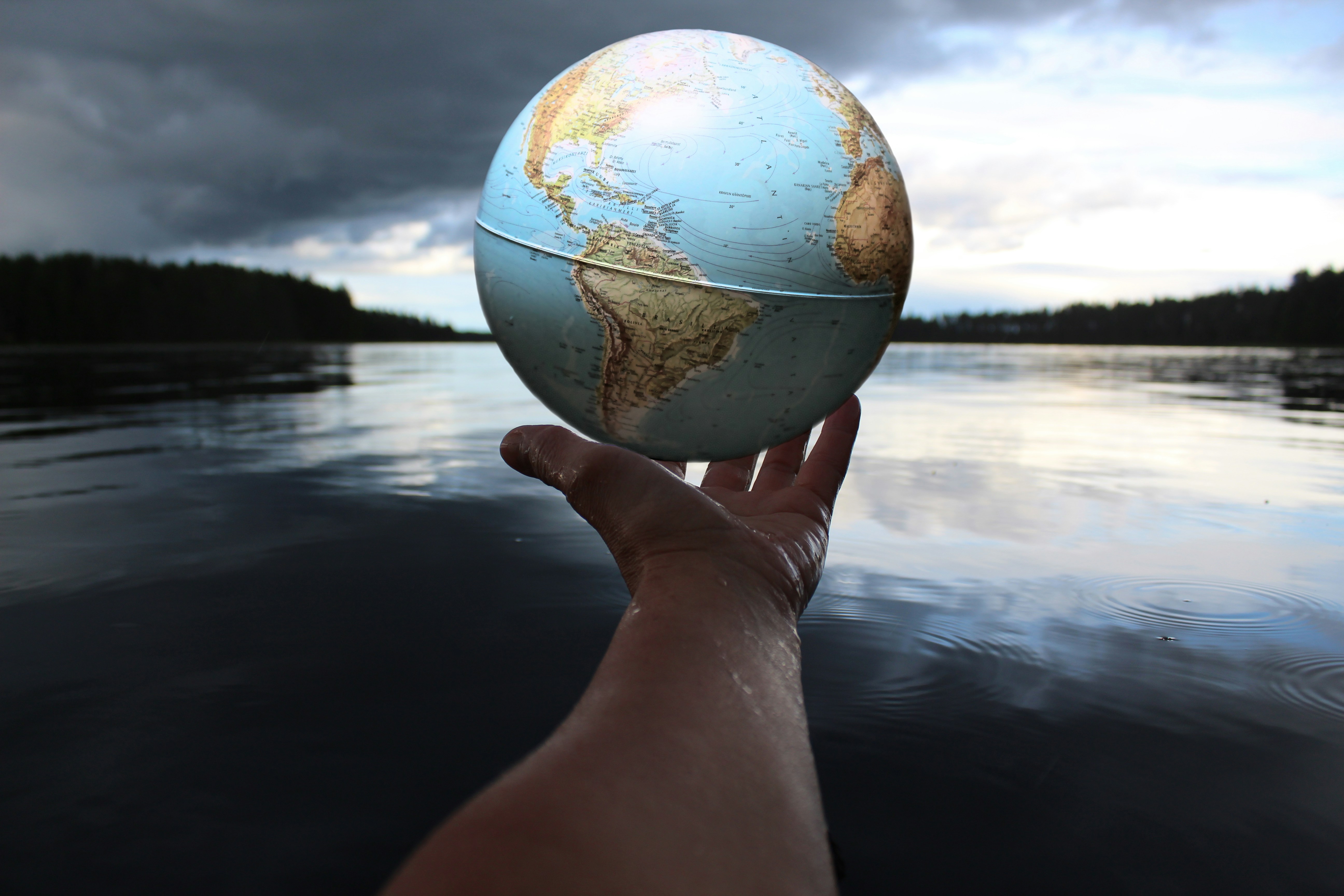Deciphering the Intricacies of the Clean Water Act
Navigating the labyrinth of legal codes and government policies, we plunge into the depths of an often overlooked yet incredibly impactful legislation – The Clean Water Act. This piece will unravel its historical context, current updates, and the profound implications it bears on society.

Genesis of the Clean Water Act
The Clean Water Act (CWA), originally known as the Federal Water Pollution Control Act, was established in 1948. However, it was largely ineffective until a significant amendment in 1972, which was a response to escalating public concern over water pollution. This amendment expanded the federal government’s authority to regulate waste discharge into the nation’s waters and set ambitious goals for water quality improvement.
The Legal Framework of the Clean Water Act
The CWA is administered by the Environmental Protection Agency (EPA) and rests on two major pillars: the National Pollutant Discharge Elimination System (NPDES) and the regulation of dredge and fill material. The NPDES requires facilities to obtain permits for discharging pollutants into water bodies, thereby controlling the quantity of pollutants entering the waters. The regulation of dredge and fill material, on the other hand, mainly targets preserving wetlands by requiring permits for any activities that involve the disposal of dredged or fill material into water bodies.
Recent Developments in the Clean Water Act
The CWA has been subject to numerous revisions and legal battles since its inception. One of the most controversial and recent changes was the 2020 Navigable Waters Protection Rule by the Trump administration, which significantly reduced the scope of waters protected under the CWA. This change drew criticism from environmentalists who argued it could adversely affect water quality. However, supporters of the rule contended it was necessary to curb federal overreach and provide regulatory certainty.
The Impacts and Implications of the Clean Water Act
The CWA has had far-reaching impacts on society and the environment since its enactment. It has significantly improved water quality in many parts of the United States and has been instrumental in restoring countless water bodies previously unfit for human use. Moreover, it has played a pivotal role in protecting wetlands, which serve as critical habitats for wildlife and act as natural buffers against floods and climate change.
However, the CWA is not without its share of controversy. Issues such as the extent of federal jurisdiction over water bodies, the balance between environmental protection and economic development, and the challenge of nonpoint source pollution continue to stir debate.
Conclusion
The Clean Water Act is a testament to the power of legislation in shaping our environment and influencing societal norms. It underscores the delicate balance between industrial progress and environmental conservation. As we move into an era marked by climate change and sustainability challenges, the CWA will continue to be a pivotal piece of legislation, warranting our understanding and attention.




